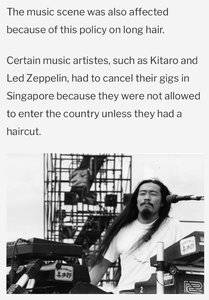- Joined
- Jul 21, 2004
- Messages
- 9,159
The Federal trade commission has been working since 2016 to update the guidelines for jewelry related industries. I haven't finished reading them all yet, but I thought some people here might be interested in what the rules actually say. There's lots of interesting diamond information in here. For example, 'natural' origin is no longer required to make an unqualified statement calling a crystalline piece of carbon a diamond.
https://www.ftc.gov/system/files/do..._of_basis_and_purpose_for_final_jewelry__.pdf
https://www.ftc.gov/system/files/do..._of_basis_and_purpose_for_final_jewelry__.pdf









300x240.png)